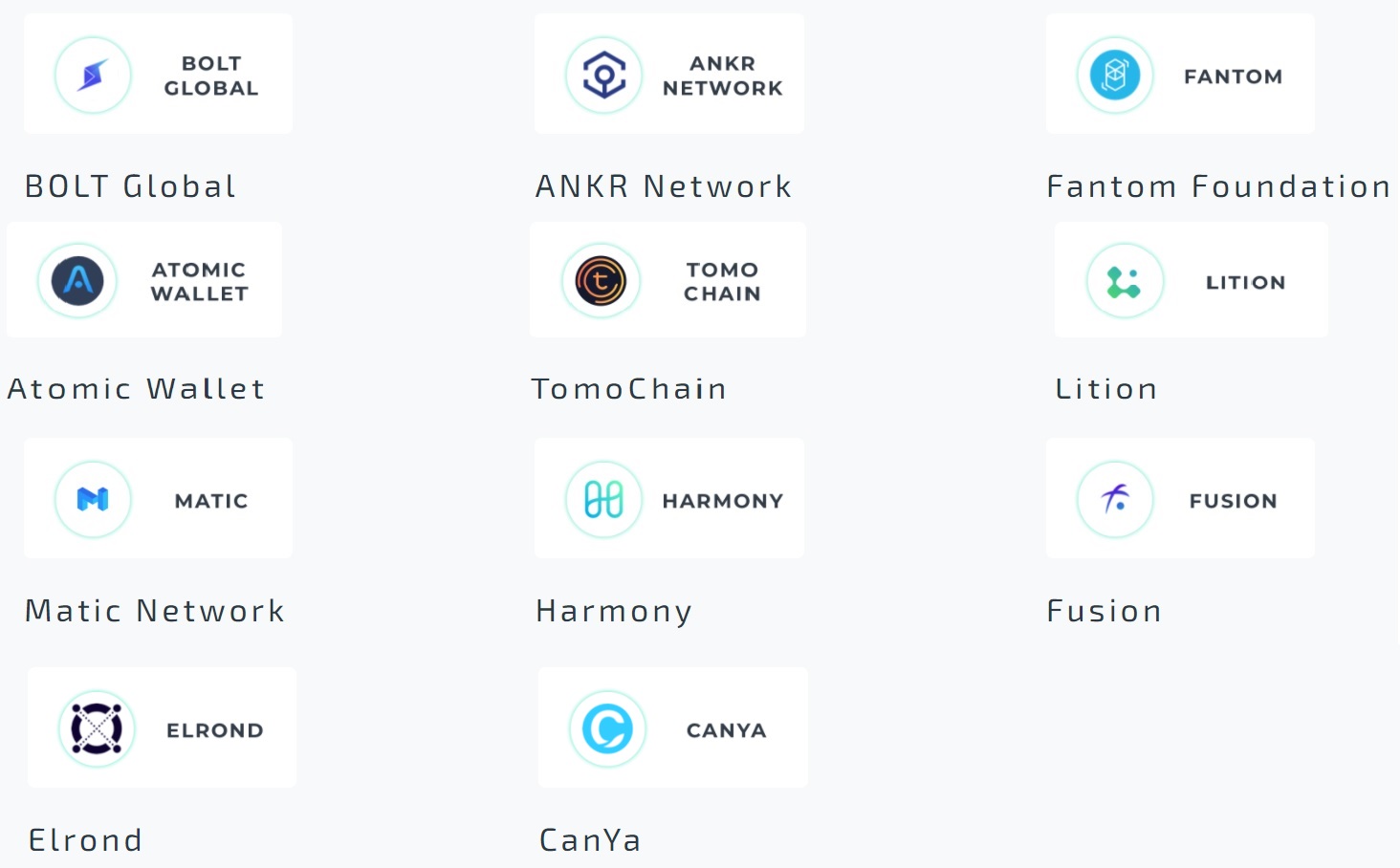
BEPSwap
एक्सचेंज फीस
जमा करने के तरीके
समर्थित क्रिप्टोकरेंसी (40)
UPDATE 1 November 2021: When trying to access the website of BEPswap today, we were unsuccessful. There have been no preceding messages on system maintenance or new websites or anything similar.
Accordingly, we believe that this exchange has closed down and we have marked it as "dead" in our Exchange Graveyard. If the exchange's website would become accessible again and the error is just temporary, we will "revive" it and bring it back to our Exchange List.
To find a reliable exchange where you can start an account, just use our Exchange Filters and we'll help you find the right platform for you.
BEPSwap Exchange Review
BEPSwap was first announced in July 2019. At the time, BEPswap was the first-ever DeFi application to be launched on the Binance Smart Chain. It is a collaboration of THORChain and BitMax.io, with a focus on facilitating BEP2 asset staking and creating liquidity through token swaps.
DEXs are becoming increasingly more popular. Ever wondered why?
- First of all, they do not require any third-party custodian to store funds. Instead, users are in direct control of their coins and can transact with any counterparty interested in buying or selling coins.
- Limited mandates to share personal information makes it possible to create an account quickly and start trading.
- Servers spread out across the globe drastically cuts down the risk of server downtime.
- Relatively higher immunity to hacker attacks.
However, DEXs normally have an order book with lower liquidity than their centralized counterparts. Although that's slightly starting to change.
BEPSwap Exchange Compatible Wallets
In order to use BEPSwap you need to have one of the following wallets i.e a mobile wallet that supports QR connect, ledger connectivity through Binance Chain, or Keystore. The platform is only possible to use if you connect your wallet to the platform.
BEPSwap Exchange Liquidity
BEPSwaps interface gives liquidity providers access to THORChain’s decentralized liquidity network. To add liquidity, users can select the liquidity pool from the menu. After the user initiates the add liquidity feature, BEPSwap automatically determines an optimal ratio based on the current pool price of the assets.
US-investors
Why do so many exchanges not allow US citizens to open accounts with them? The answer has only three letters. S, E and C (the Securities Exchange Commission). The reason the SEC is so scary is because the US does not allow foreign companies to solicit US investors unless those foreign companies are also registered in the US (with the SEC). If foreign companies solicit US investors anyway, the SEC can sue them. There are many examples of when the SEC has sued crypto exchanges, one of which being when they sued EtherDelta for operating an unregistered exchange. Another example was when they sued Bitfinex and claimed that the stablecoin Tether (USDT) was misleading investors. It is very likely that more cases will follow.
Decentralized exchanges are different beings than the abovementioned examples. They never have custody of any user assets. They normally don't accept any fiat currency. As such, the same reasons to prohibit citizens from certain countries to use them can't be applied. Accordingly, we have marked BEPSwap Exchange as "allowing US-investors" in our database.
BEPSwap Exchange Trading Interface
Every trading platform has a trading interface. The trading interface is the part of the exchange’s website where you can see the price chart of a certain cryptocurrency and what is its current price. There are normally also buy and sell boxes, where you can place orders with respect to the relevant crypto, and, at most platforms, you will also be able to see the order history (i.e., previous transactions involving the relevant crypto). Everything in the same view on your desktop. There are of course also variations to what we have now described. This is the pool interface at BEPSwap Exchange (with no wallet connected though):

(IMAGE DATE: 18 June 2021)
It is up to you – and only you – to decide if the above pool interface is suitable for you. Finally, there are usually many different ways in which you can change the settings to tailor the trading interface after your very own preferences.
BEPSwap Exchange Fees
BEPSwap Exchange Trading fees
When it comes to centralized exchanges, many of them charge what we call taker fees, from the takers, and what we call maker fees, from the makers. Takers are the people removing liquidity from the order book by accepting already placed orders, and makers are the ones placing those orders. The main alternative to this is to simply charge “flat” fees. Flat fees mean that the exchange charges the taker and the maker the same fee.
When it comes to decentralized exchanges, many of them don't charge any trading fees at all. This is in fact one of the big arguments that DEX-supporters use to explain why centralized exchanges are on their way out.
BEPSwap is not one of the "no fee" exchanges, but charges trading fees per transaction in a transparent manner, regardless of whether you are a maker or a taker. They call this a liquidity fee of each trade, paid to the liquidity provider as a protocol incentive. These fees are subjected to change by community governance. We have however not been able to find the exact level of that fee. Will update this review when we have.
Regardless of whether you compare to DEXs or centralized exchanges, these fees are below the industry average.
BEPSwap Exchange Withdrawal fees
To our understanding, BEPSwap Exchange does - like most decentralized exchanges - not charge any transfer fees or withdrawal fees other than the network fees. The network fees are fees paid to the miners of the relevant crypto/blockchain and not fees paid to the exchange itself. Network fees vary from day to day depending on the network pressure.
Generally speaking, to only have to pay the network fees should be considered as below the global industry average when it comes to fee levels for crypto withdrawals (if you include all exchanges, both DEXs and CEXs in the data set).
Deposit Methods
BEPSwap does not – like all (or at least close to all) other DEXs – accept any deposits of fiat currency. This means that crypto investors without any previous crypto holdings can’t trade at this trading platform. In order to purchase your first cryptos, you need a so-called entry-level exchange, which is an exchange accepting deposits of fiat currency. Find one by using our Exchange Filters!

BEPSwap Exchange Security
The servers of DEXs normally spread out across the globe. This is different from centralized exchanges that normally have their servers more concentrated. This spread-out of servers leads to a lower risk of server downtime and also means that DEXs are virtually immune to attacks. This is because if you take out one of the servers, it has little to no impact on the full network. However, if you manage to get into a server at a centralized exchange, you can do a lot more harm.
Also, if you make a trade at a DEX, the exchange itself never touches your assets. Accordingly, even if a hacker would somehow be able to hack the exchange (in spite of the above), the hacker can not access your assets. If you make a trade at a centralized exchange you often hold assets in that exchange. This is obviously until you withdraw them to your private wallet. A centralized exchange can therefore be hacked and your funds held at such exchange can be stolen. This is not the case with respect to decentralized exchanges, like BEPSwap.



